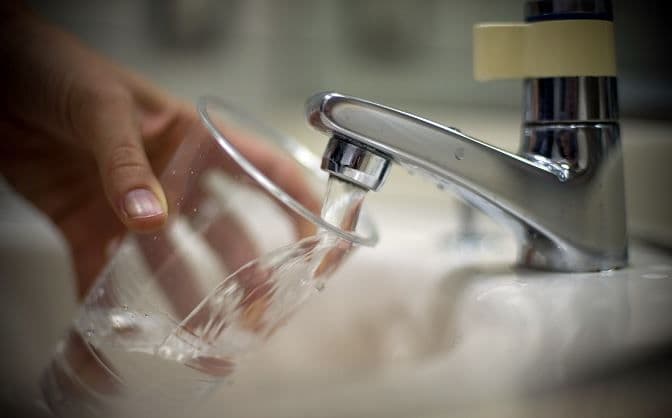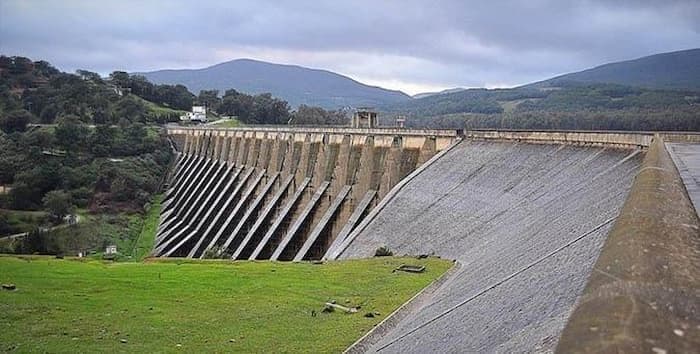Beyond the Breaks: SONEDE's Blueprint for a Resilient Water Future in Tunisia
Unpack SONEDE's strategic battle for Tunisia's water security. Explore infrastructure challenges, innovative solutions, and future resilience beyond daily supply disruptions.

The Unseen Tap: Navigating Daily Water Supply Complexities
For most Tunisians, the daily miracle of potable water flowing from the tap is a given, a testament to an intricate system working tirelessly behind the scenes. This constant, unseen effort is orchestrated by the , a vital institution managing a vast and complex network that spans the entire country. Yet, this seamless flow is often disrupted by sudden, unforeseen events, pulling back the curtain on the immense challenges involved. Take, for instance, the recent incident in : a sudden electrical transformer failure at the critical raw water pumping station brought immediate and widespread water cuts. Such incidents, while disruptive, underscore the delicate balance and constant vigilance required to maintain an essential public service. SONEDE’s daily operations are a continuous dance between managing extensive infrastructure, predicting demand, and reacting swiftly to the myriad of issues that can arise, from power outages to pipe bursts, all while ensuring millions have access to clean drinking water.
Under Pressure: Operational Realities and Infrastructure Challenges
The power failure wasn't an isolated event; it's a stark reminder of the persistent operational realities and infrastructure challenges SONEDE grapples with day in and day out. Maintaining a sprawling water network, much of which has served the nation for decades, demands relentless attention. From electrical vulnerabilities at pumping stations, as seen in , to the physical integrity of the distribution system, like the 50-meter canal collapse in , each component presents a potential point of failure. These aren't just minor inconveniences; they represent critical infrastructure under constant stress, particularly in a region facing increasing climatic pressures. The immediate mobilization of SONEDE's technical teams, often with the crucial support of partners like the and , highlights the collaborative effort required to mitigate these disruptions. It’s a race against time to restore service, showcasing the dedication of those on the front lines, but also pointing to the systemic need for robust, modern infrastructure capable of withstanding unexpected shocks.
Strategic Currents: Investing in Resilience and Innovation
Addressing the recurring operational challenges isn't merely about reactive repairs; it demands a forward-looking, strategic approach centered on investment and innovation. For , this means moving beyond immediate fixes to proactively fortify its network against future disruptions. While the recent news highlights responses to failures, the very frequency of these incidents underscores the imperative for significant capital investment in upgrading aging infrastructure, integrating for real-time monitoring, and implementing preventative maintenance programs. Imagine a system where potential issues are detected before they escalate, or where alternative supply routes can be activated seamlessly. This shift towards resilience building involves adopting advanced leak detection systems, modernizing pumping stations, and exploring energy-efficient solutions to reduce reliance on vulnerable power sources. Such strategic investments are not just about preventing water cuts; they're about future-proofing vital water supply and ensuring long-term operational stability in the face of evolving demands and environmental pressures.

Climate Crossroads: Adapting to Scarcity and Shifting Demands
, situated in a semi-arid region, stands at a critical climate crossroads, where water scarcity is an ever-present and intensifying challenge. This environmental reality profoundly shapes long-term strategy, pushing the utility to adapt to dwindling traditional water sources and shifting consumer demands. While recent reports of Tunisian dams reaching a 35.6% filling rate in mid-July indicate a welcome improvement over the previous year, this figure also serves as a stark reminder of the highly variable and often insufficient nature of rainfall. must therefore pivot towards a multi-faceted approach to water management. This includes not only optimizing the use of existing resources but also exploring non-conventional sources like and advanced wastewater treatment for reuse. Managing public consumption through awareness campaigns and becomes crucial, as does planning for population growth and urbanization patterns that inevitably increase demand. Adapting to climate change isn't a distant goal; it's an immediate, ongoing imperative for to secure the nation's water future.

A Shared Oasis: Community and Collaboration in Water Security
Ultimately, ensuring water security is a collective endeavor, a shared responsibility that extends far beyond operational boundaries. The utility's efforts, from rapid response to infrastructure failures to long-term strategic planning, are most effective when coupled with strong community engagement and inter-agency collaboration. When water cuts occur, promptly communicates with the public, explaining the situation and expected restoration times – a crucial element in managing expectations and fostering trust. Beyond these immediate updates, however, lies the deeper need for fostering a culture of water conservation among citizens. This involves educational initiatives, promoting efficient water use at home and in agriculture, and encouraging responsible consumption habits. Furthermore, the seamless coordination with entities like and during emergencies highlights the power of integrated governance. Water, a fundamental resource, truly becomes a shared oasis only when the utility, government bodies, and the public work hand-in-hand towards its sustainable management and equitable distribution.